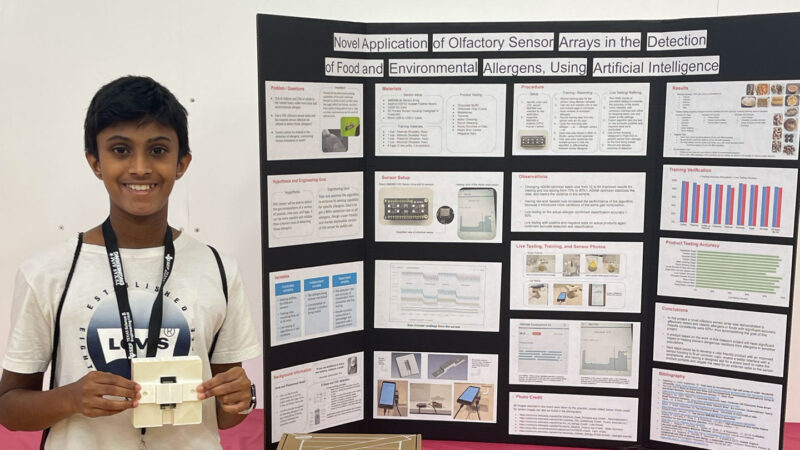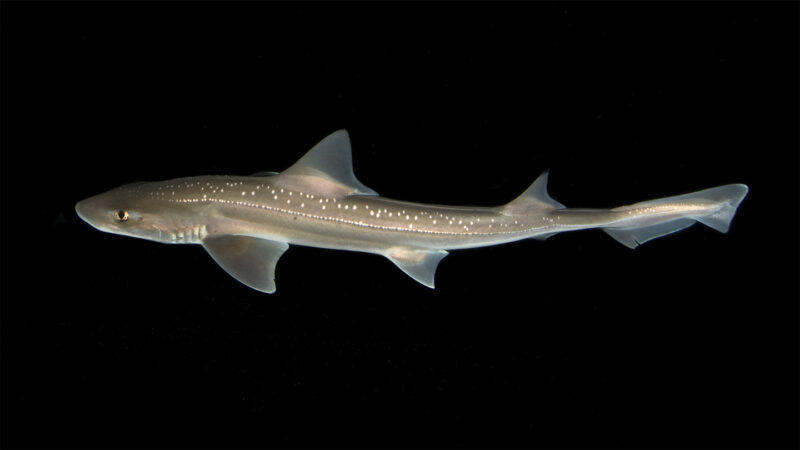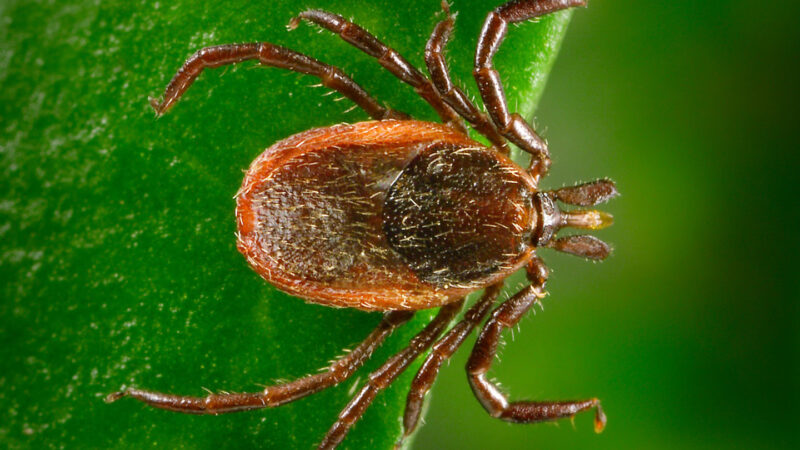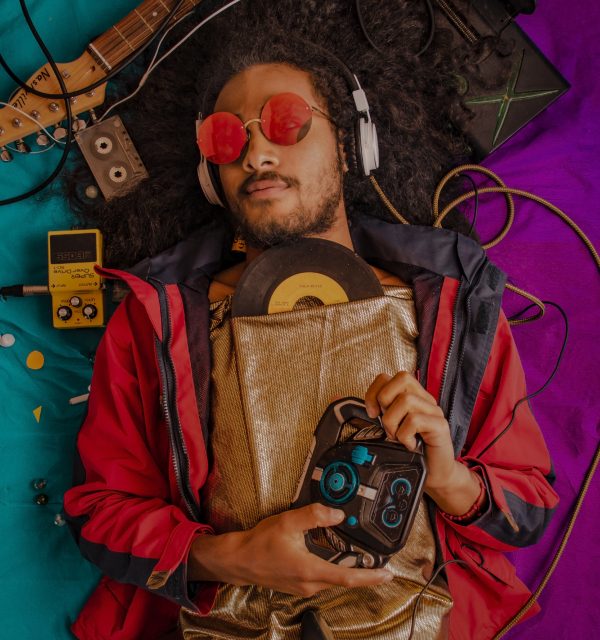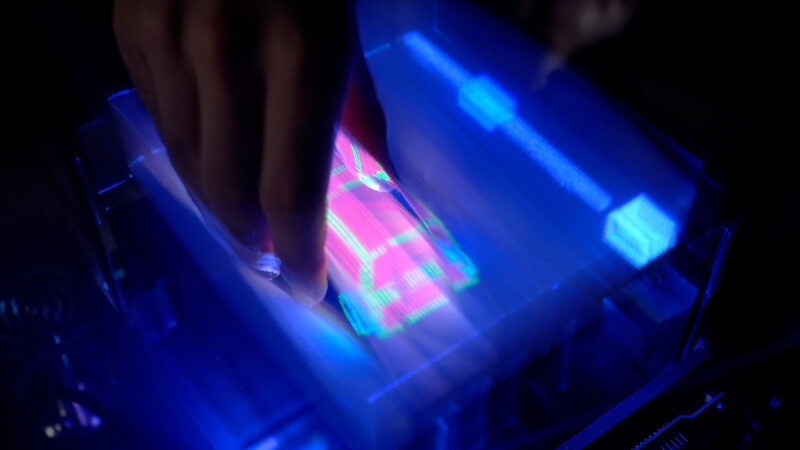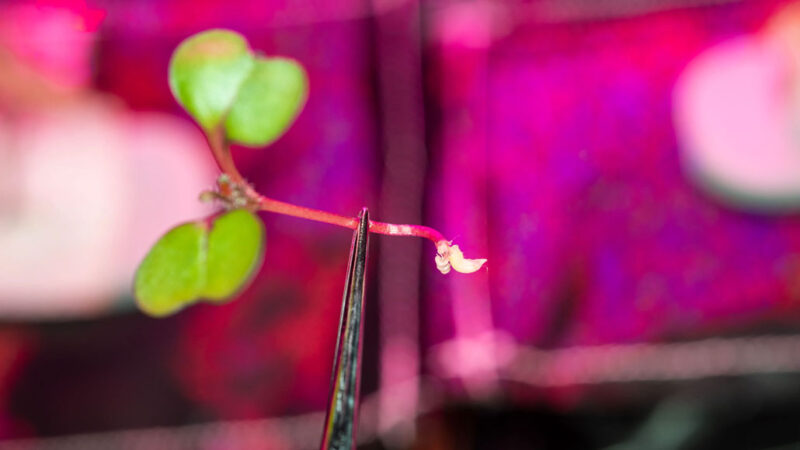Samvith Mahadevan, 14, has had severe food allergies his whole life. He’s been exposed to allergens when eating foods that were not labeled properly. To protect people like him from allergic reactions, Samvith decided to build his own allergen detector.
Most detectors like these are costly. Usually, they must touch the food they’re testing. But Samvith’s inexpensive sensor “smells” particles wafting off food in the air. Then, it uses artificial intelligence to see if the food contains common allergens.
Samvith trained his device with machine learning to detect eggs, peanuts, pistachios, almonds, cashews and walnuts. In tests, his system could sniff out those allergens in foods, such as cookies and curries, with 94 to 97 percent accuracy.
An aspiring engineer, Samvith did his project as a seventh grader at Canyon Vista Middle School in Austin, Texas. His research earned him the Lemelson Foundation Award for Invention at the 2024 Thermo Fisher Scientific Junior Innovators Challenge. That competition is run by Society for Science, which also publishes Science News Explores. In this interview, Samvith shares his science fair experiences and advice.
How did you feel when you first saw your results?
“It was really exciting, because I had to go through a lot of different trial and error, and there were definitely a lot of failures along the way,” Samvith says. So seeing his sensor accurately pick out allergens “really felt motivating … because it showed me that this idea has a lot of potential.” With further development, Samvith says, “we could save a lot of lives.”
What were some of the failures you encountered?
When he first started training his system, “the accuracy was very, very low,” Samvith says. “I had to try a lot of different things.” First, he tried altering the allergen samples he was using to train his system. But that didn’t work. It wasn’t until he tweaked some parts of his machine learning program that the sensor’s accuracy shot up. “When I finally figured out the right combination of those settings, it felt like, ‘Oh, that’s good.’”
What’s the most important thing you learned?
“Once you think about a problem you want to solve, you can keep it in the back of your mind. You have to be observant all the time and have a curious mind,” Samvith says. He got the idea to use scent for detecting allergens by just watching an ant in his kitchen home in on sugar from afar. “Even the smallest things can spur good ideas.”
Any advice for science fair newbies?
Being completely new to your project area can actually be a good thing, Samvith says. When he started his project, he didn’t know that most current allergen sensors work by analyzing the proteins in food. So when he came up with the idea to detect scent, “it was in part because I didn’t place any imaginary restrictions on myself,” Samvith says. “Sometimes, inexperience triggers out-of-the-box thinking, and even a complete beginner could come up with the idea of the future.”

